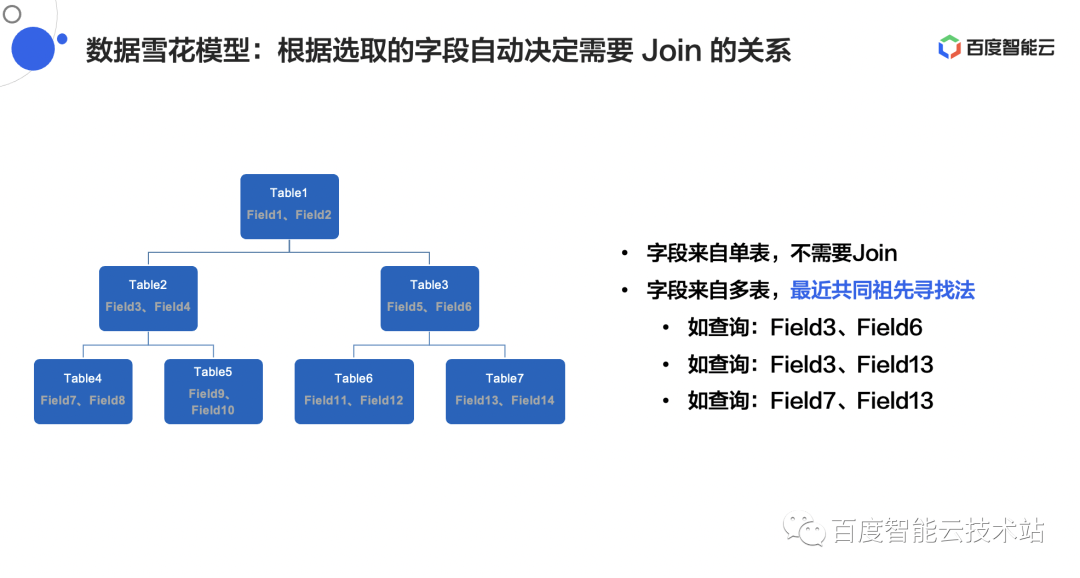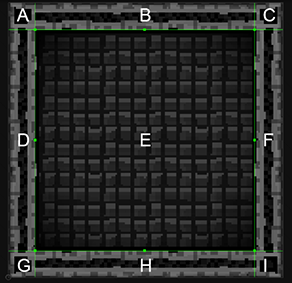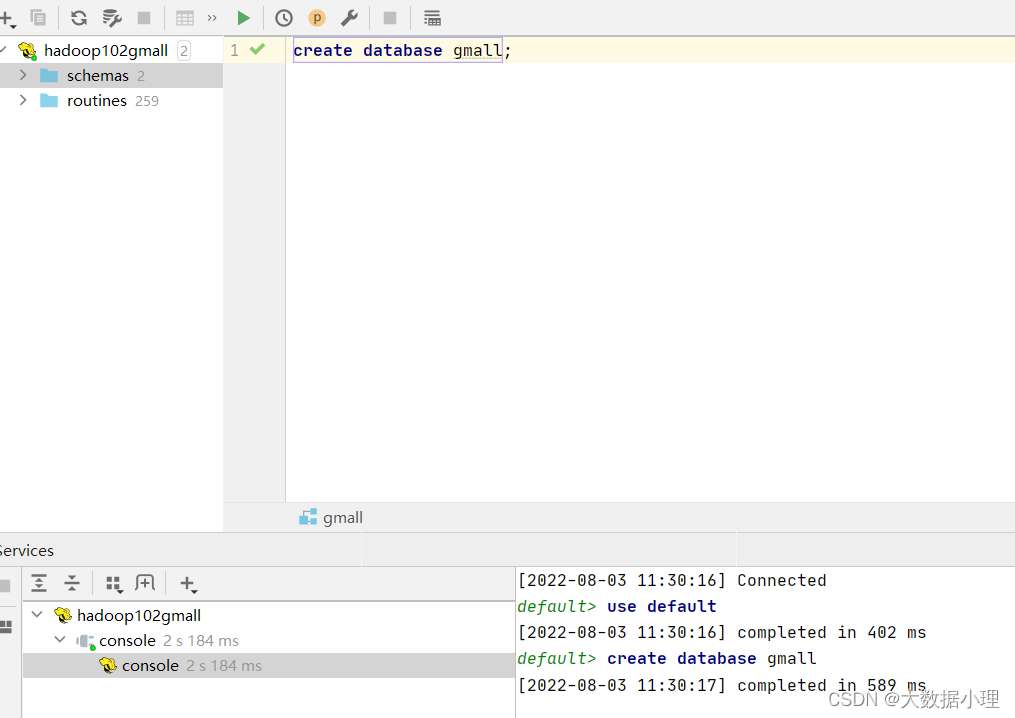当前位置:网站首页>MATLAB | 一种简易的随机曼陀罗图形生成函数
MATLAB | 一种简易的随机曼陀罗图形生成函数
2022-08-03 15:58:00 【slandarer】
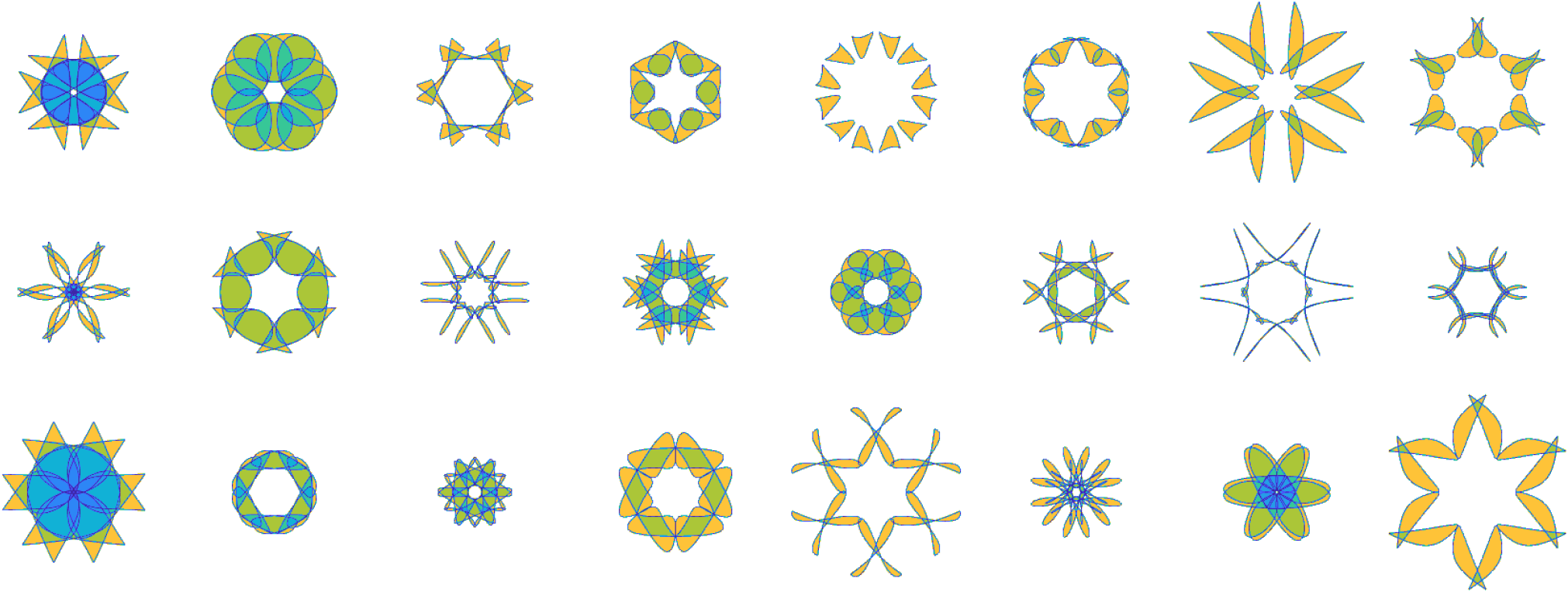
逛Wolfram Alpha艺术展的时候看到了一个很有趣的随机曼陀罗图像生成函数库,本人尝试仿写了一个简易版本,原始函数大体原理就是生成一系列随机点之后对其进行多次旋转,思想非常简单。
完整代码
function randMandalas(varargin)
% @author : slandarer
% @公众号 : slandarer随笔
pntNum=randi([5,6],[1,1]); % 随机点数量
rotateTimes=randi([5,6],[1,1]); % 旋转次数
randLenth=zeros([1,pntNum]);
disMat=inf.*ones(pntNum);
% 生成距离不太近,半径不太小的随机点
while all(randLenth<0.8)||any(any(disMat<0.5))
randTheta=rand([1,pntNum]).*2.*pi;
randLenth=rand([1,pntNum]);
disMat=abs((randLenth-randLenth').*(randTheta+randTheta')./2);
disMat(eye(pntNum)==1)=inf;
end
randTheta=[randTheta,randTheta(1)];
randLenth=[randLenth,randLenth(1)];
X0=cos(randTheta).*randLenth;
Y0=sin(randTheta).*randLenth;
% 坐标区域修饰
if nargin<2
ax=gca;
else
ax=varargin{
1};
varargin(1)=[];
end
if nargin==0
varargin{
1}='fill';
end
hold on;
ax.XLim=[-1,1];
ax.YLim=[-1,1];
ax.XColor='none';
ax.YColor='none';
ax.PlotBoxAspectRatio=[1,1,1];
% 绘制图像
[tX1,tY1]=rotateData(X0,Y0,2*pi/rotateTimes);
[tX2,tY2]=rotateData(-X0,Y0,2*pi/rotateTimes);
showPnts(ax,tX1,tY1,varargin{
1})
showPnts(ax,tX2,tY2,varargin{
1})
for i=1:rotateTimes-1
[tX1,tY1]=rotateData(tX1,tY1,2*pi/rotateTimes);
[tX2,tY2]=rotateData(tX2,tY2,2*pi/rotateTimes);
showPnts(ax,tX1,tY1,varargin{
1})
showPnts(ax,tX2,tY2,varargin{
1})
end
% 根据方法绘制图像
function showPnts(ax,X,Y,tmethod)
switch tmethod
case 'line'
plot(ax,X,Y,'Color',[0 0 0]);
case 'fill'
fill(ax,X,Y,[0 0 0],'FaceAlpha',.2);
case 'bezier'
XY=bezierCurve([X(:),Y(:)],50);
plot(ax,XY(:,1),XY(:,2),'Color',[0 0 0]);
case 'bfill'
XY=bezierCurve([X(:),Y(:)],80);
fill(ax,XY(:,1),XY(:,2),[0 0 0],'FaceAlpha',.2);
end
end
% 数据旋转角度
function [X,Y]=rotateData(X,Y,theta)
rotateMat=[cos(theta),-sin(theta);sin(theta),cos(theta)];
XY=rotateMat*[X;Y];
X=XY(1,:);Y=XY(2,:);
end
% 贝塞尔函数
function pnts=bezierCurve(pnts,N)
t=linspace(0,1,N);
p=size(pnts,1)-1;
coe1=factorial(p)./factorial(0:p)./factorial(p:-1:0);
coe2=((t).^((0:p)')).*((1-t).^((p:-1:0)'));
pnts=(pnts'*(coe1'.*coe2))';
end
end
使用方法
基本使用:\运行以下代码会随机生成一个贝塞尔曲线插值的随机填充图像。
randMandalas('bfill')
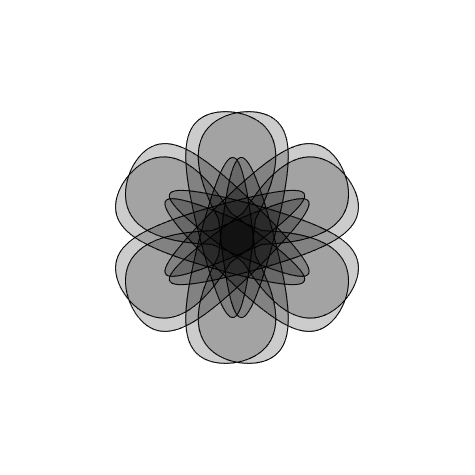
多子图示例:
M=3;N=3;
for m=1:M
for n=1:N
axes(gcf,'Position',[(n-1)/N,(m-1)/M,1/N,1/M])
randMandalas('bfill')
end
end
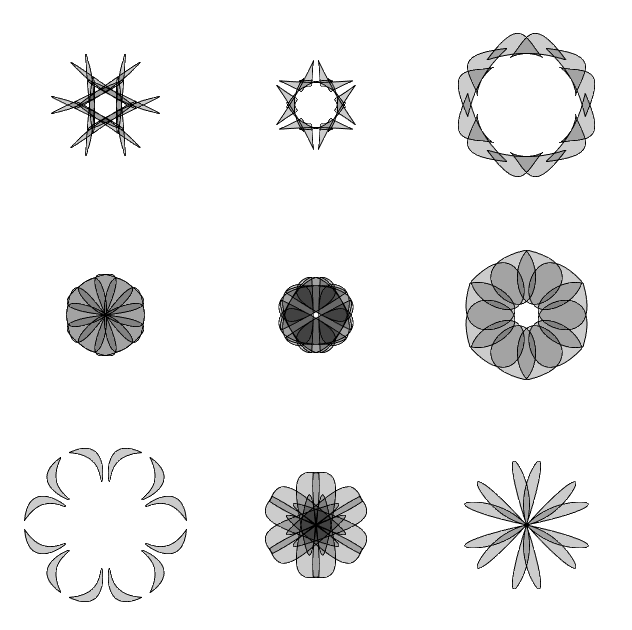
其他方法:
对于同一组随机数种子,将参数分别变为line、fill、bezier、bfill的效果对比:
line

fill
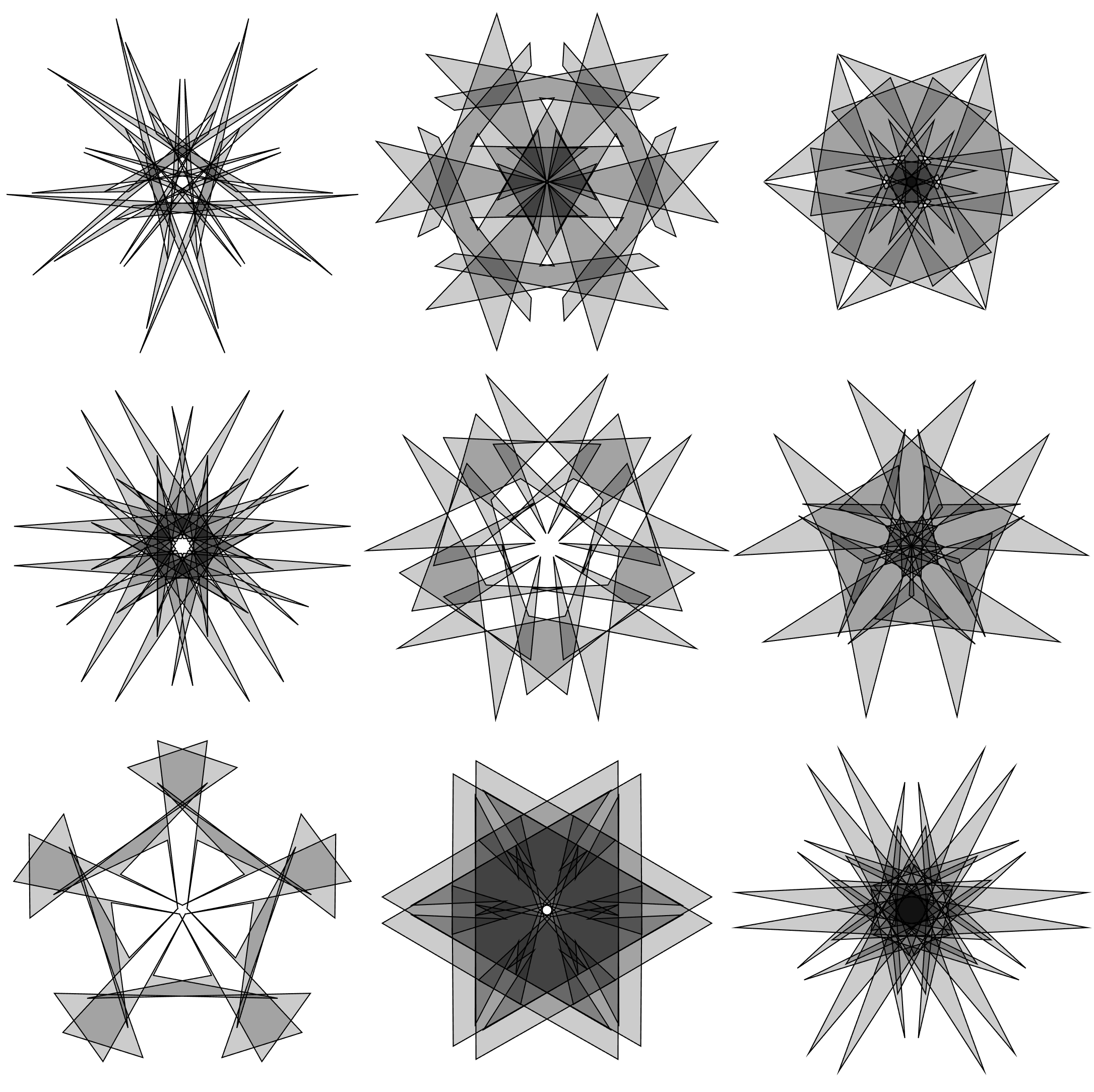
bezier
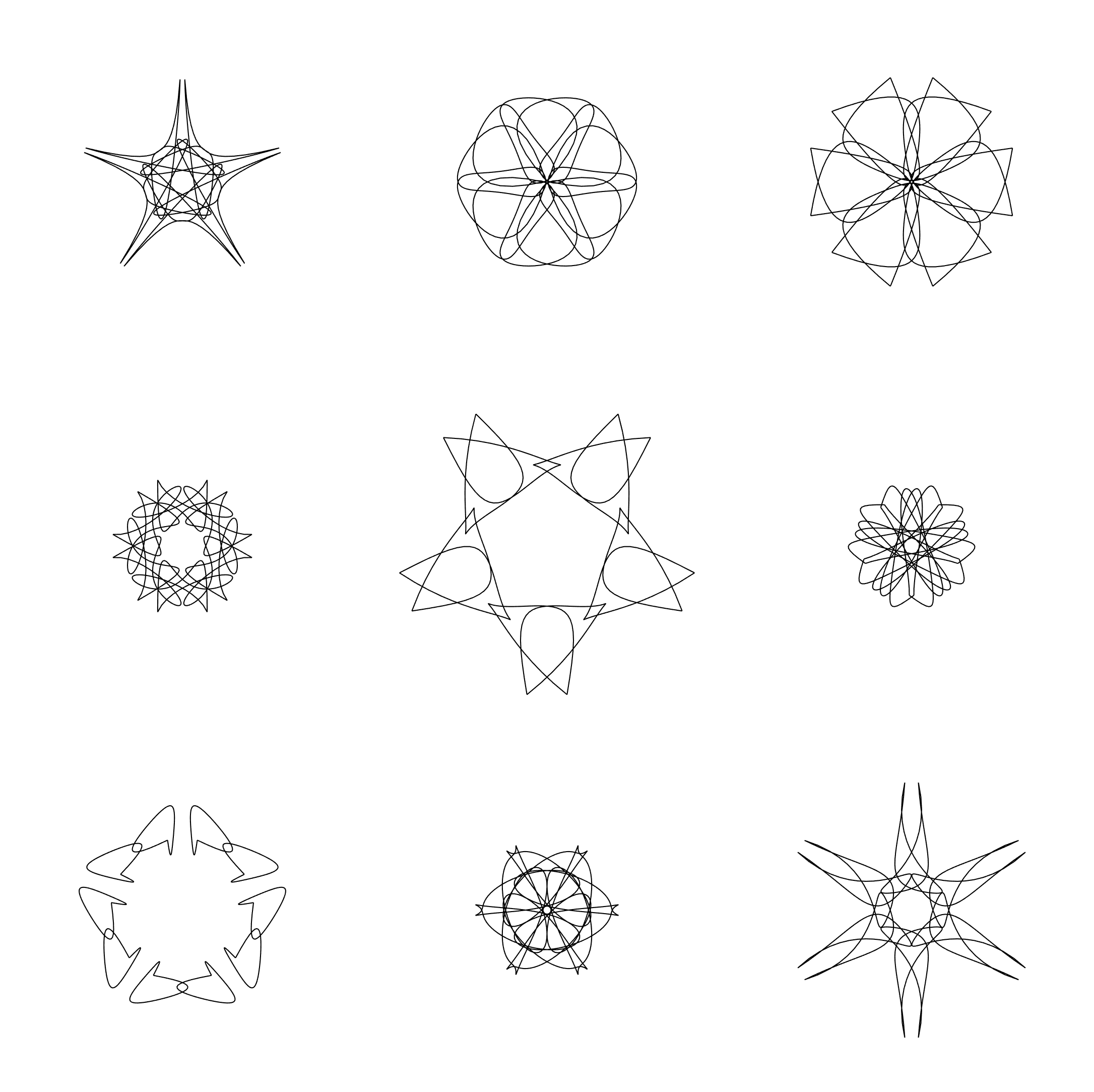
bfill
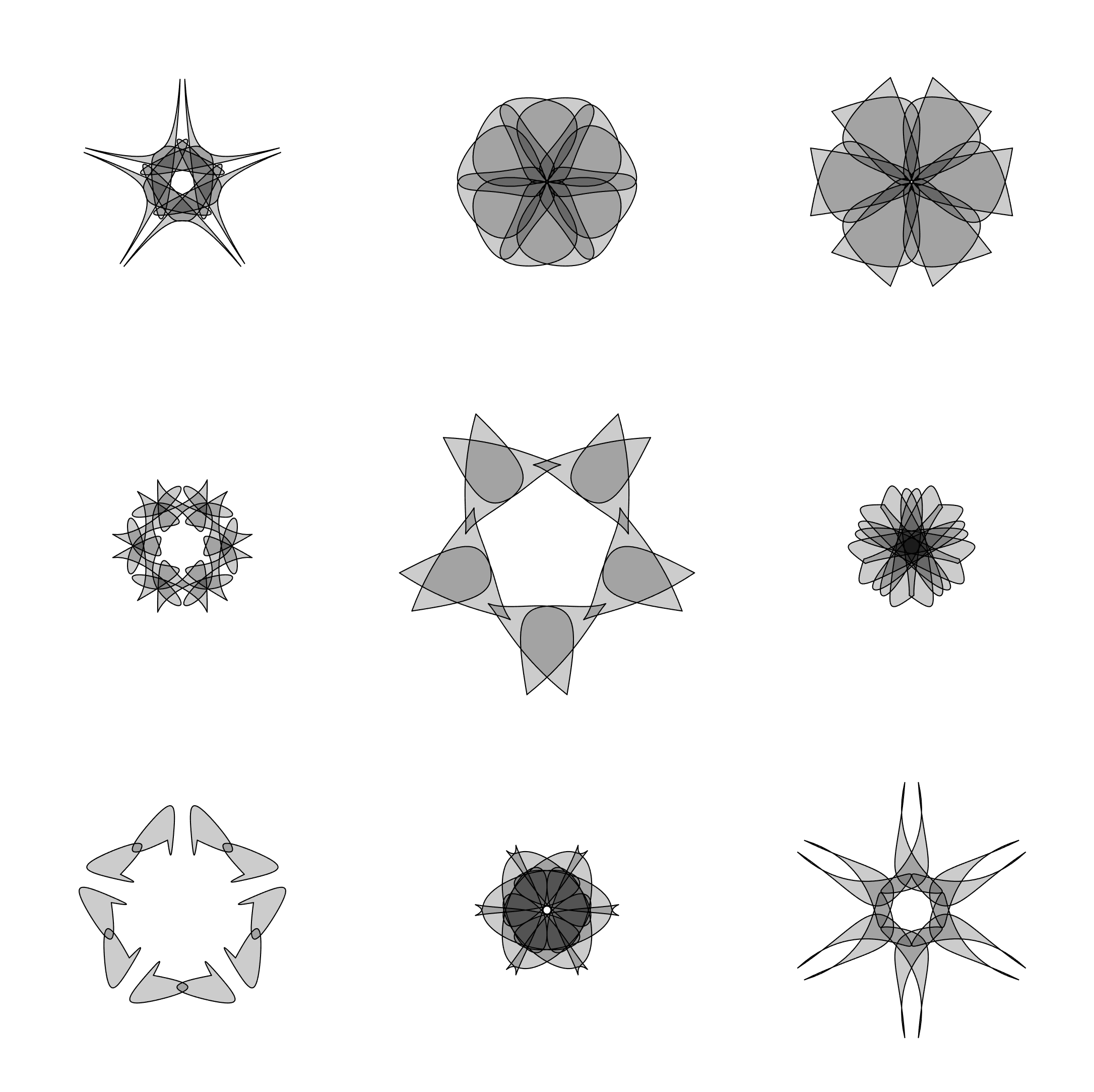
可以看出还是贝塞尔曲线插值后的图像更顺滑好看!
图像赋色
原理就是读取图片后,使用colormap函数将灰度映射到颜色:
原图:(图像导出时尽量选择高分辨率)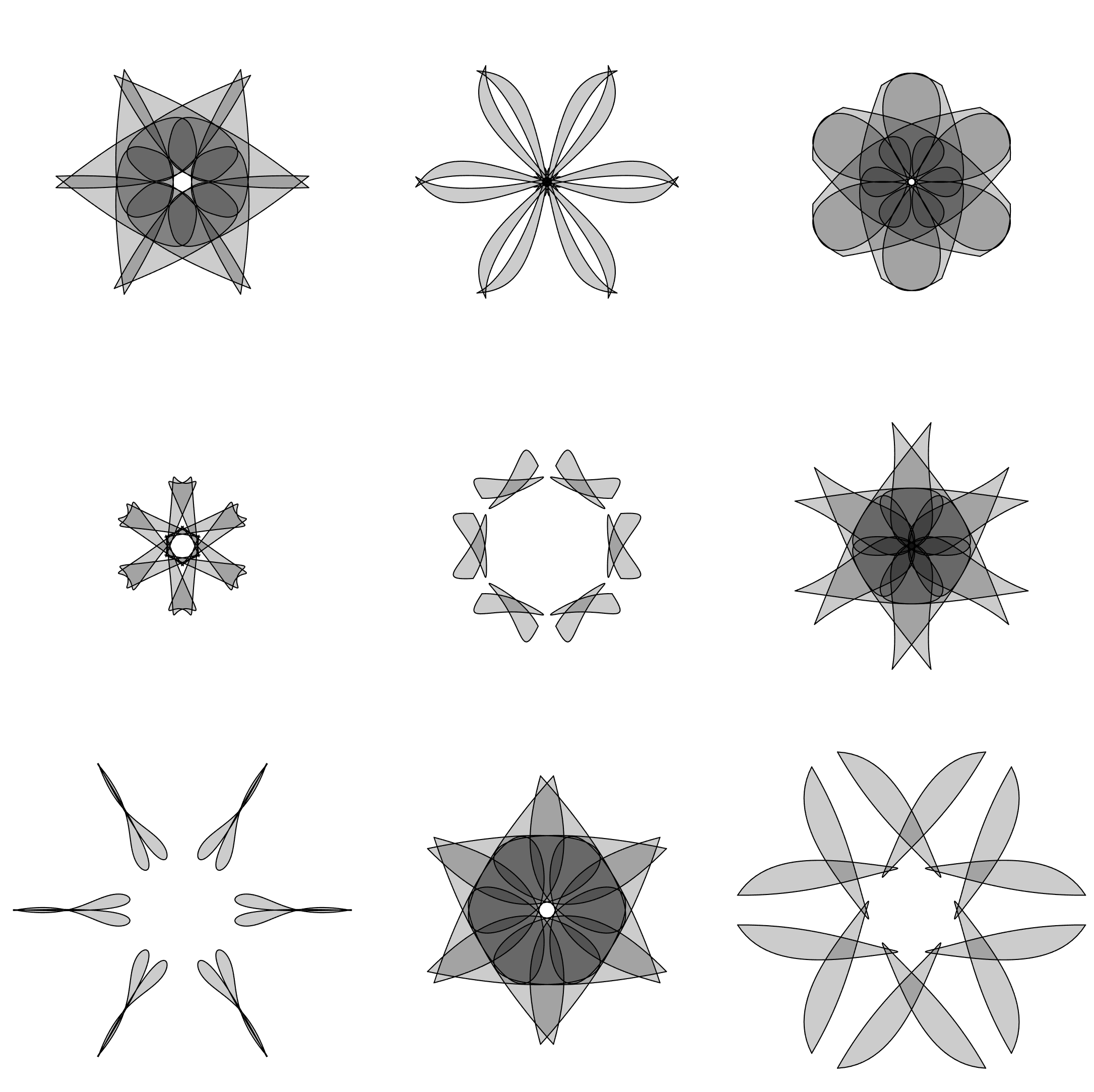
tpic=imread('test.png');
surf(tpic(:,:,1),'EdgeColor','none');
hold on;axis equal;view(2);
set(gca,'XTick',[],'YTick',[],'XColor','none','YColor','none','Ydir','reverse')
CList=[parula(15);1,1,1];
% CList=[PYCM().cubehelix(15);1,1,1];
colormap(CList)

其他 colormap
当然除了parula配色,MATLAB自带的其他配色也可用:
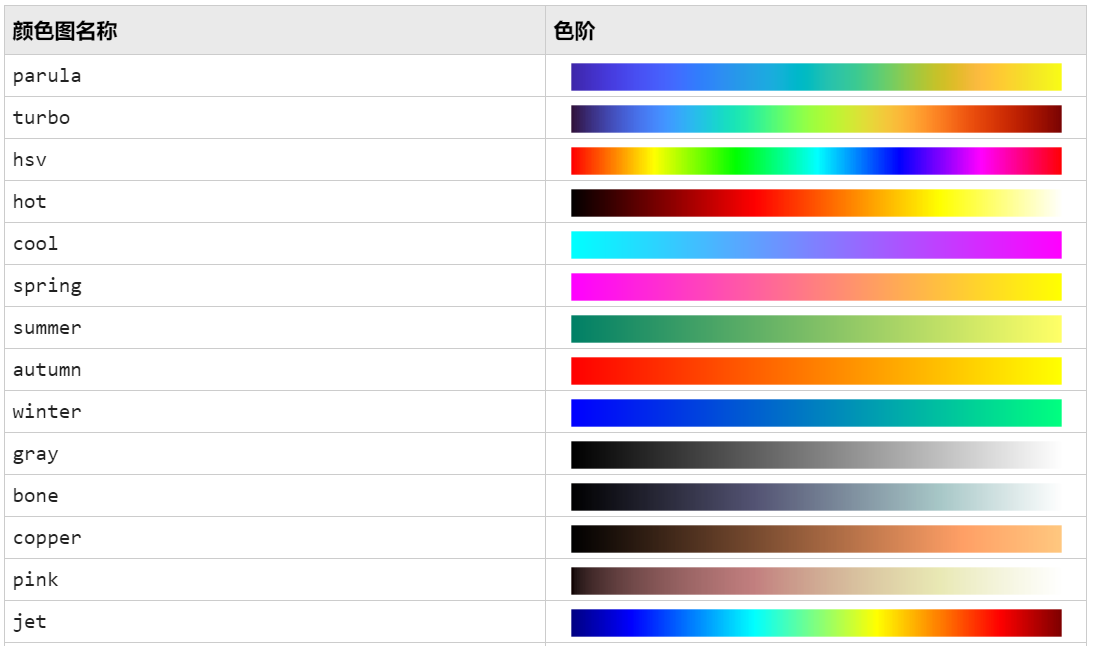
pink
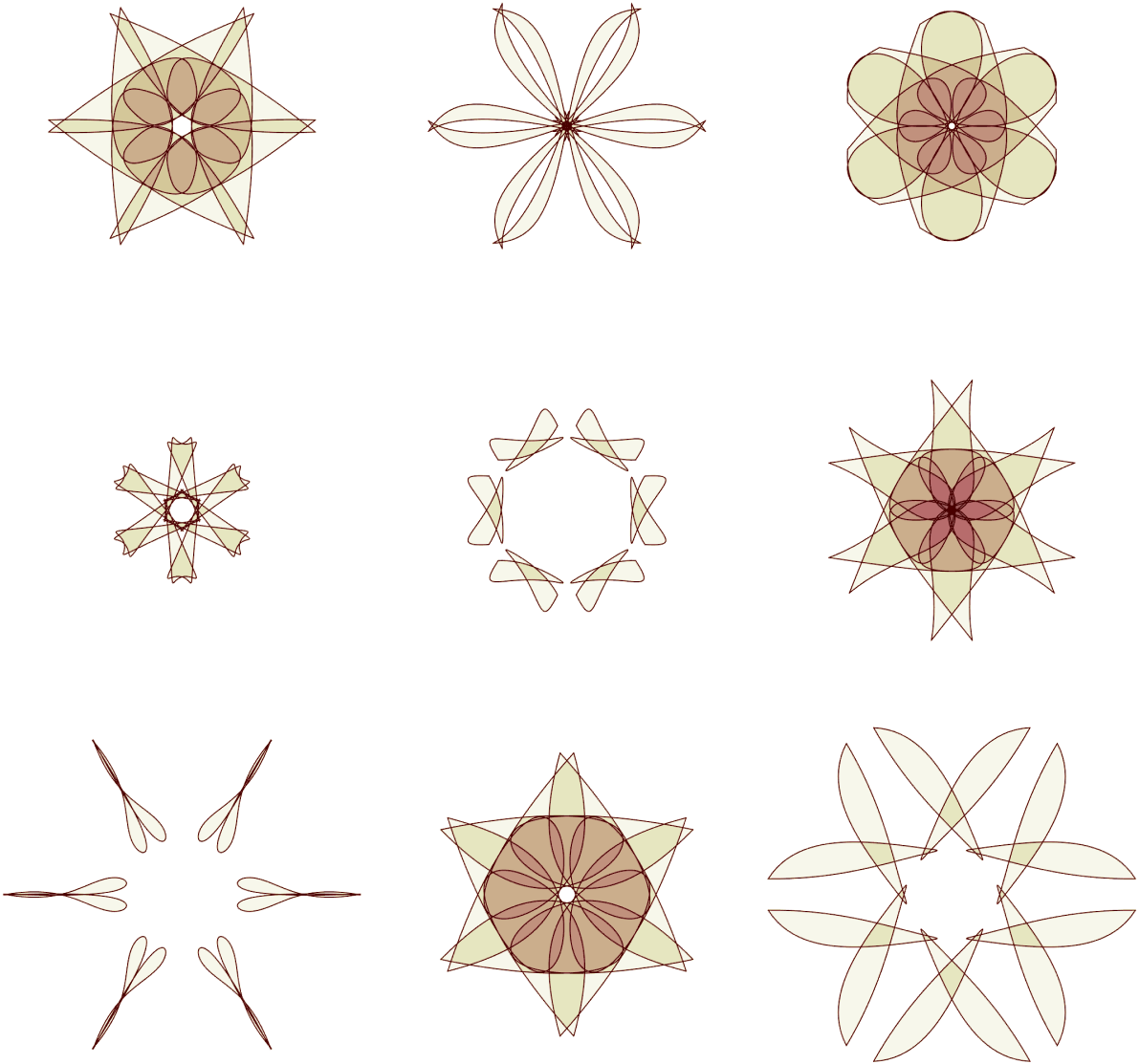
bone
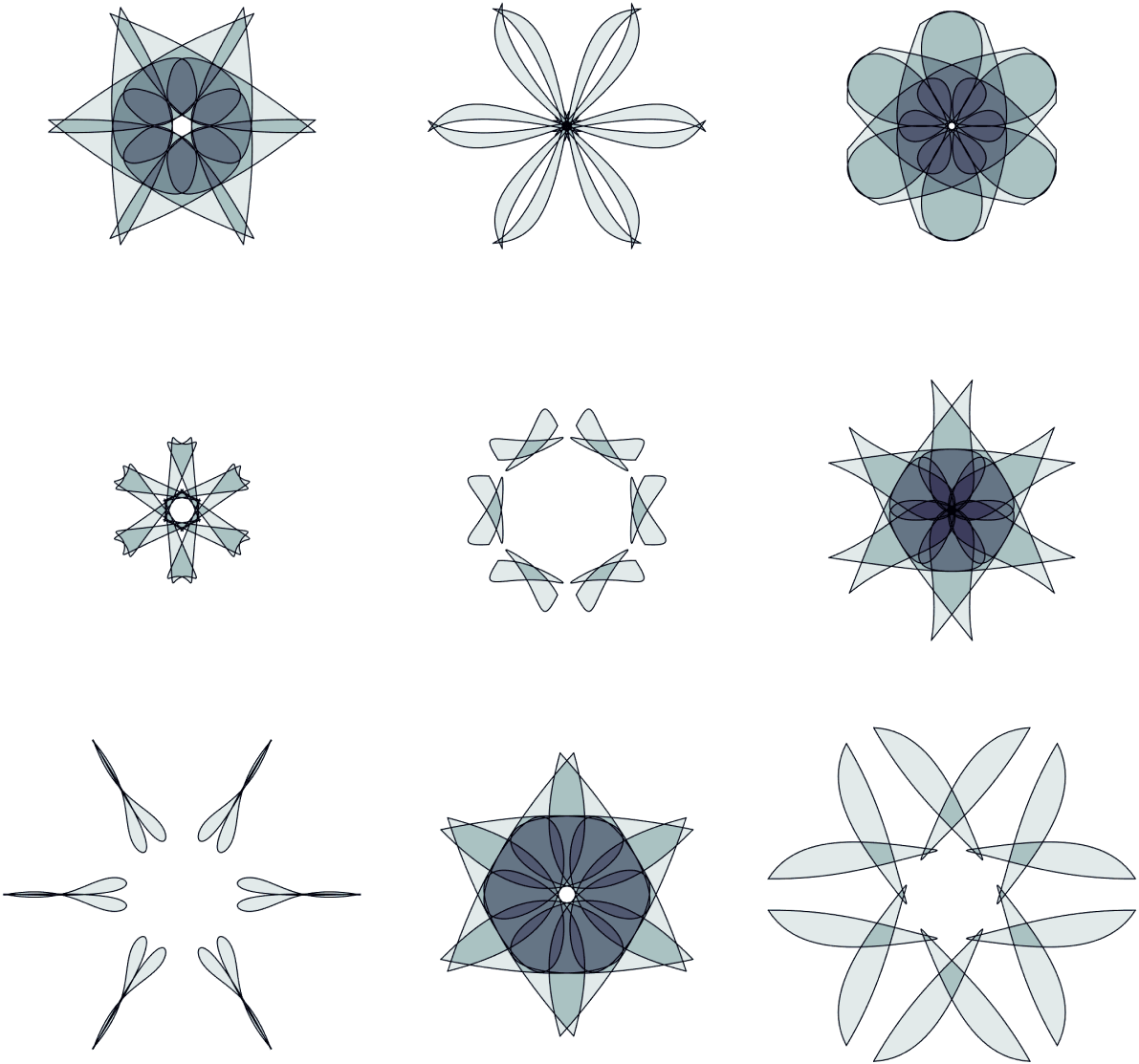
PYCM
本人自写的PYCM函数也可用,使用方式见代码片中的注释。有关PYCM函数的介绍可点击链接跳转推送:
https://mp.weixin.qq.com/s/fHpCRQxD39_mBcPpLU0xpA
cubehelix
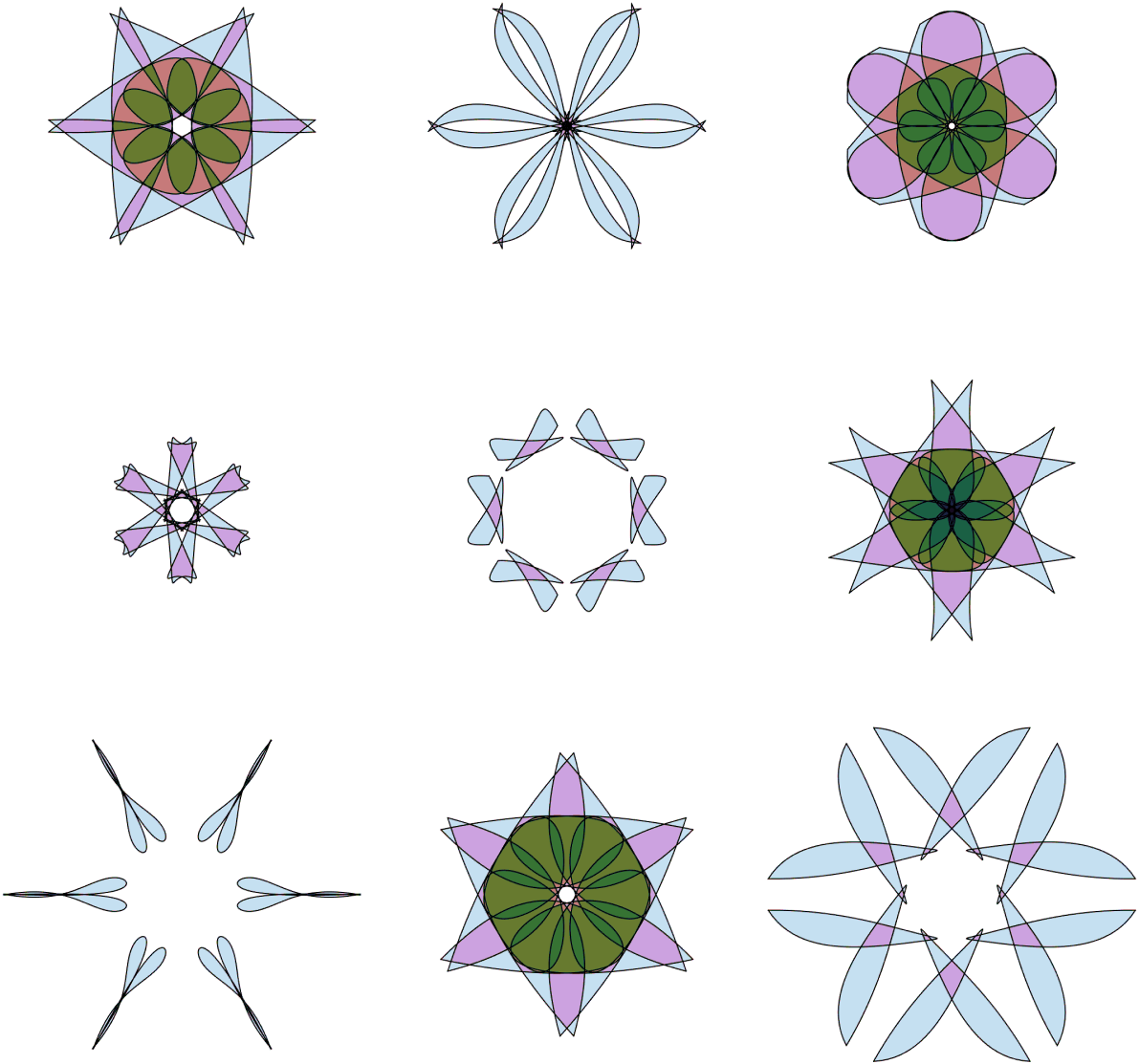
GnBu

magma
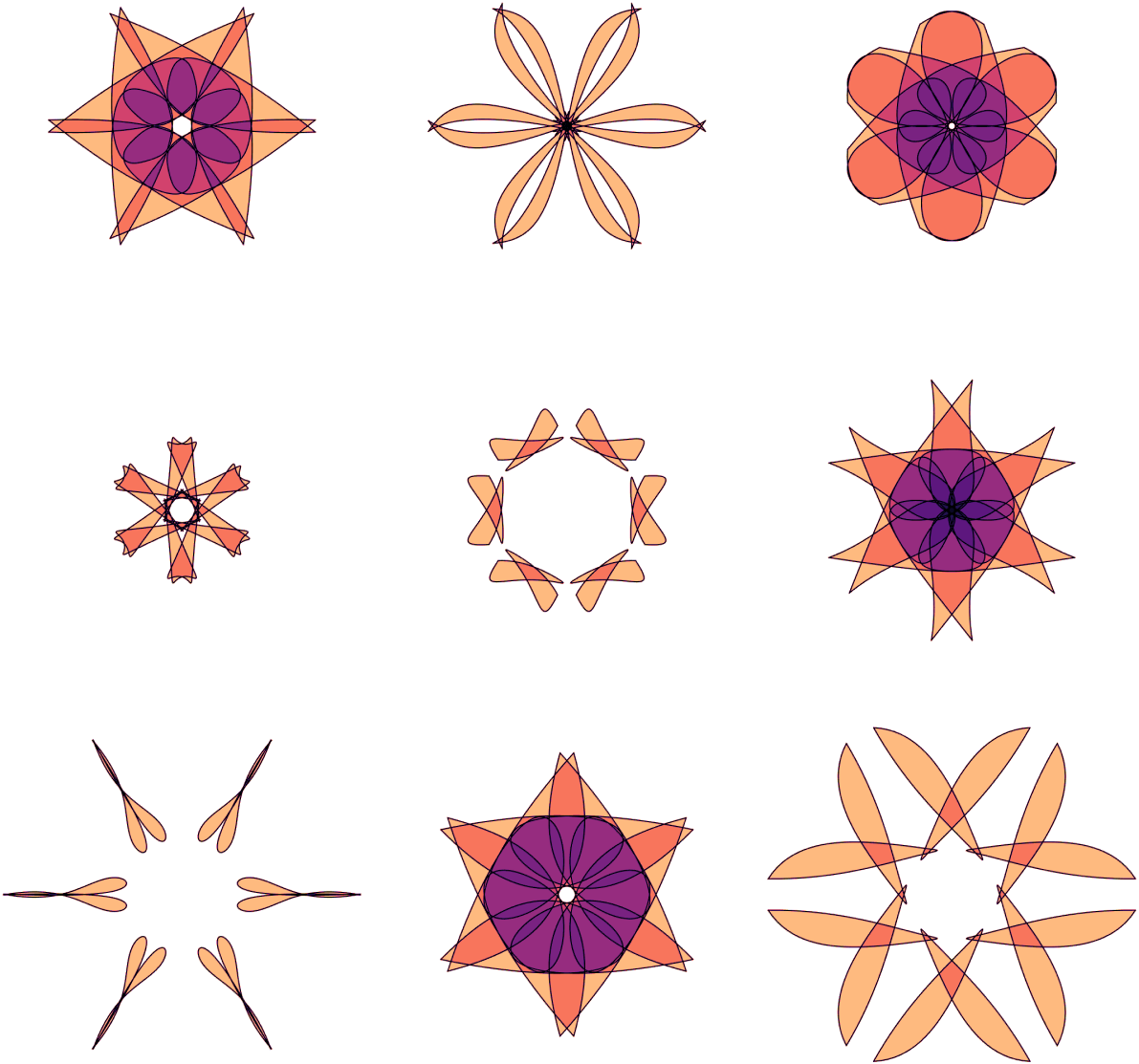
PuOr

RdBu
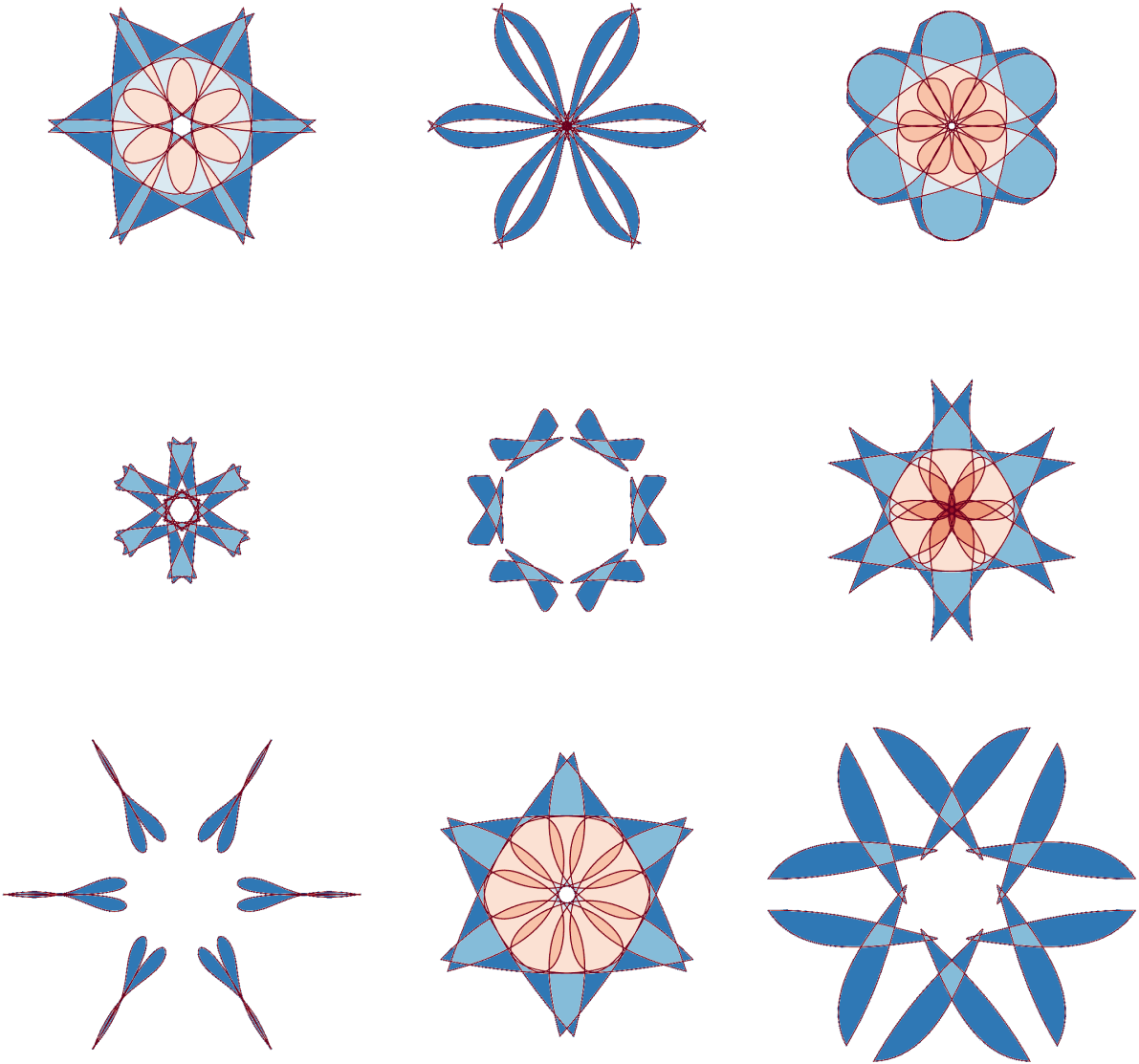
RdYlBu
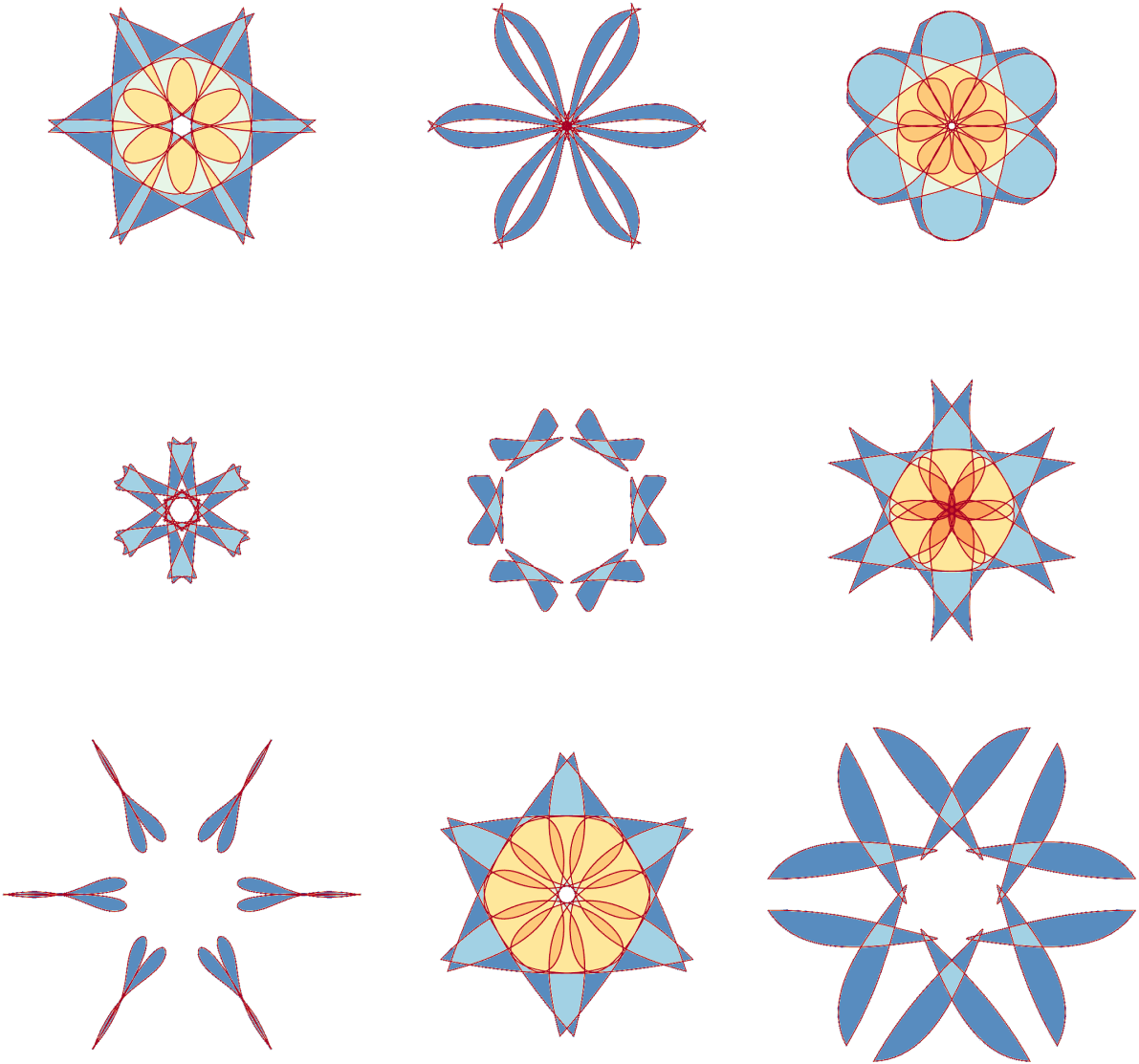
Spectral
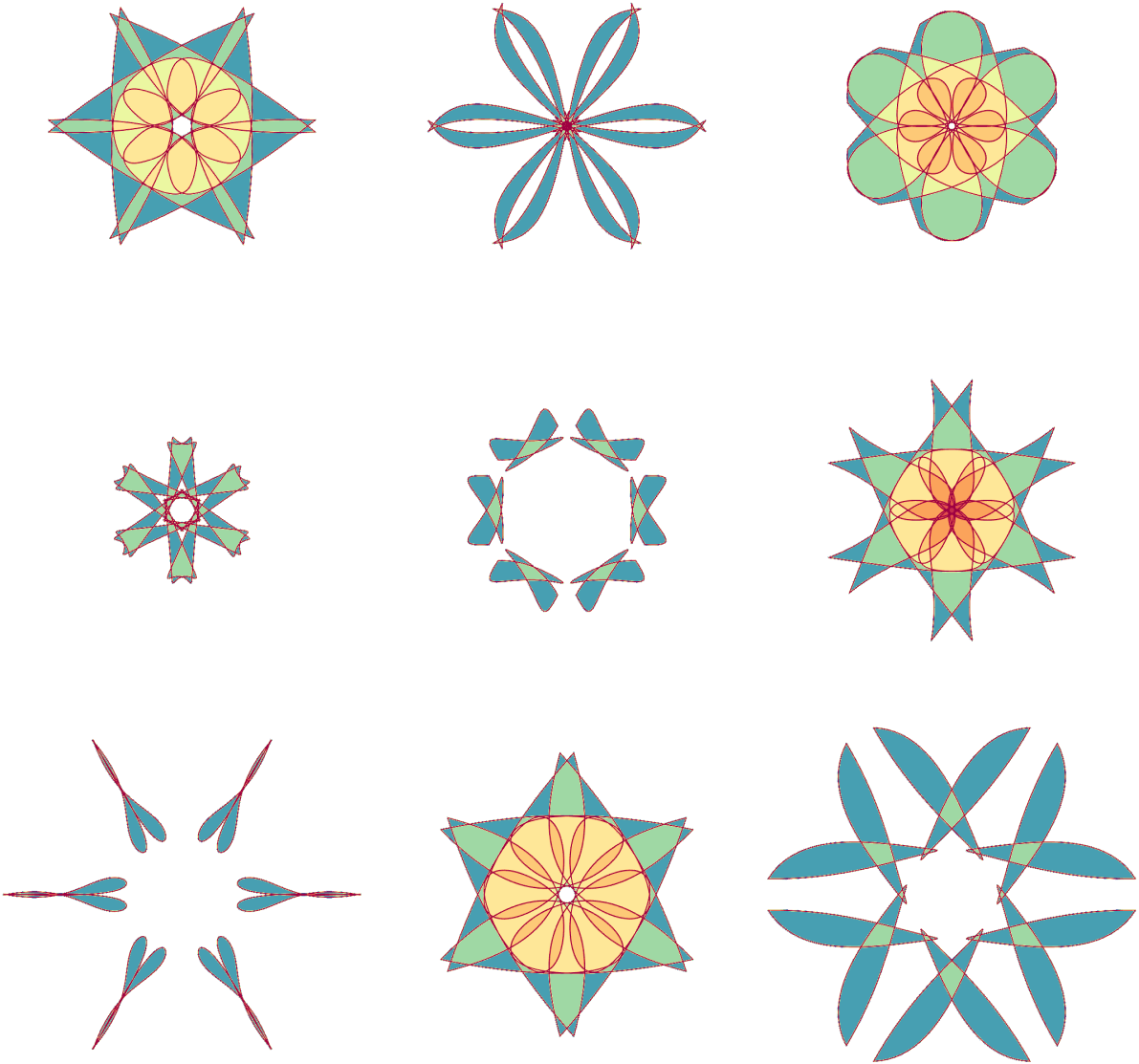
边栏推荐
猜你喜欢
随机推荐
leetcode:899. 有序队列【思维题】
【Unity入门计划】基本概念(8)-瓦片地图 TileMap 01
想进阿里?先来搞懂一下分布式事务
mysql delete 执行报错:You can‘t specify target table ‘doctor_info‘ for update in FROM clause
Tolstoy: There are only two misfortunes in life
用户侧有什么办法可以自检hologres单表占用内存具体是元数据、计算、缓存的使用情况?
AWS China SDN Connector
基于DMS的数仓智能运维服务,知多少?
DataGrip:非常好用的数据库工具,安装与使用教程,亮点介绍
Basic knowledge points in js - events
How much do you know about the intelligent operation and maintenance service of data warehouse based on DMS?
【数据库数据恢复】SqlServer数据库无法读取的数据恢复案例
Difference and performance comparison between HAL and LL library of STM32
【深度学习】今日bug(8月2)
[QT] Qt project demo: data is displayed on the ui interface, double-click the mouse to display specific information in a pop-up window
新一代网状网协议T-Mesh无线通信技术优势介绍
面了个腾讯35k出来的,他让我见识到什么叫精通MySQL调优
Interpretation of the 2021 Cost of Data Breach Report
devops-3:Jenkins增加静态节点
Detailed ReentrantLock
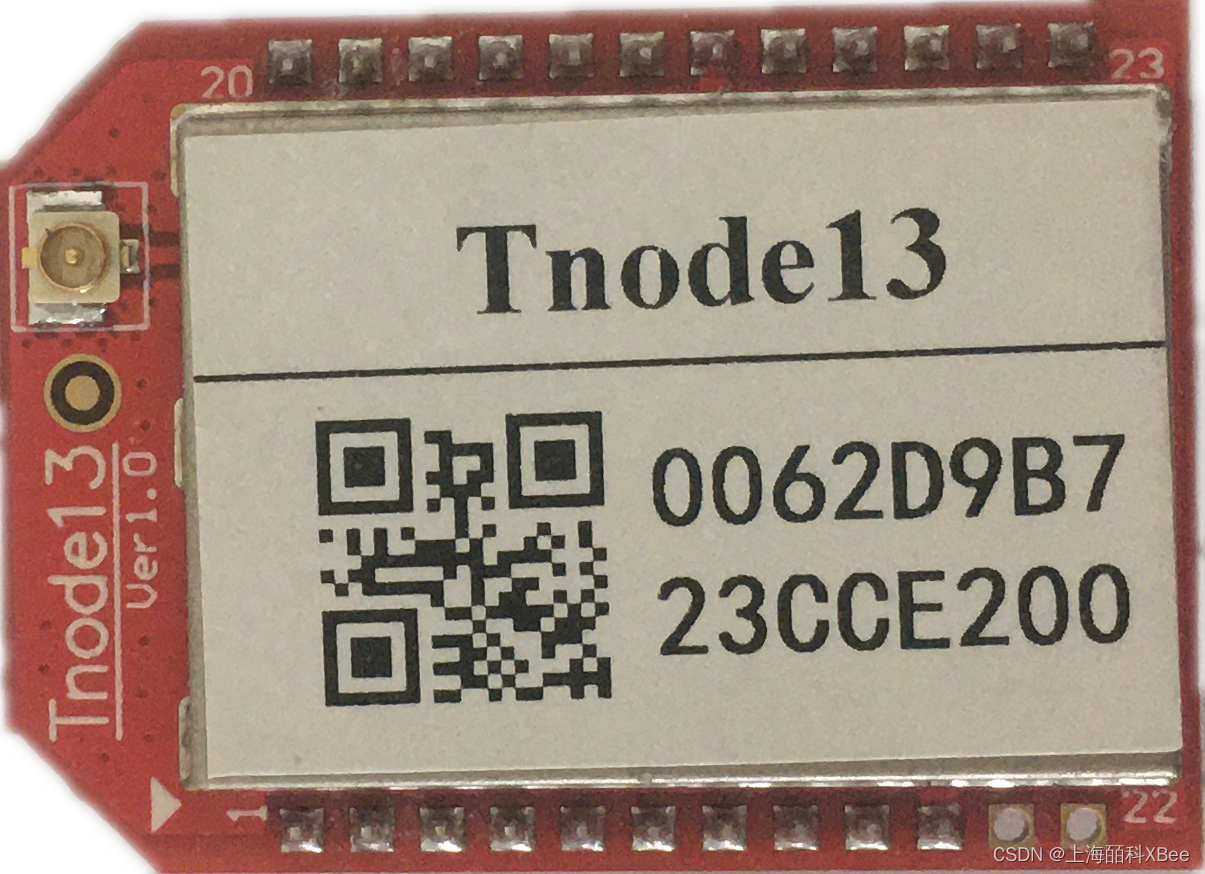
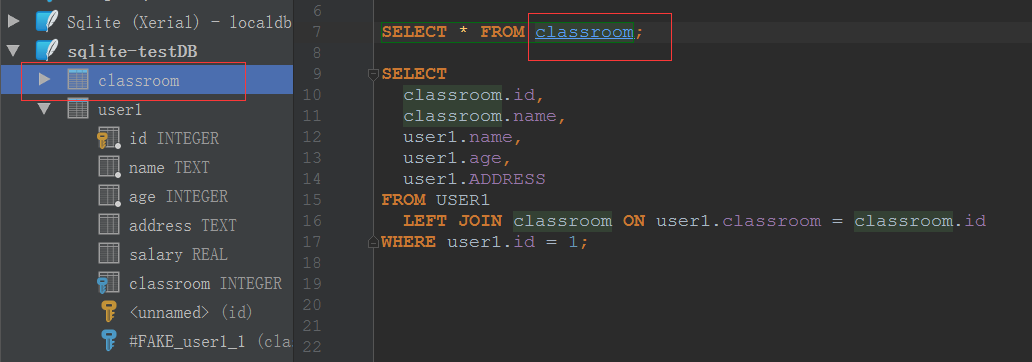
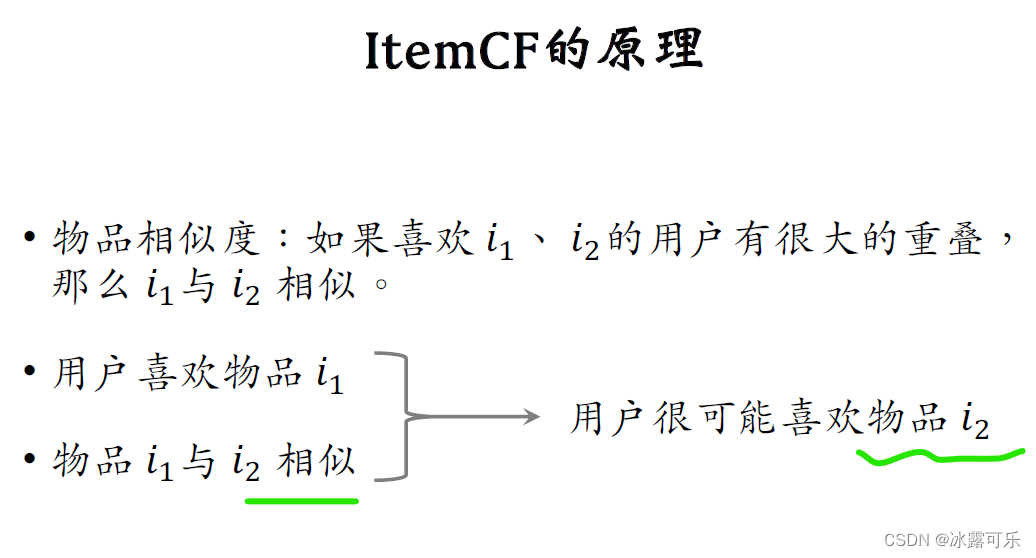
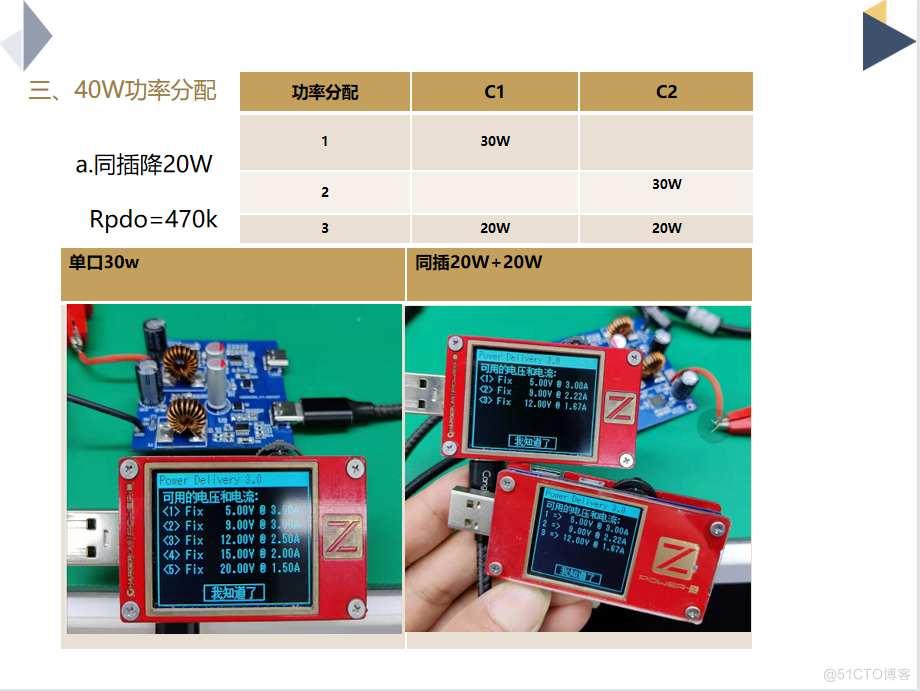
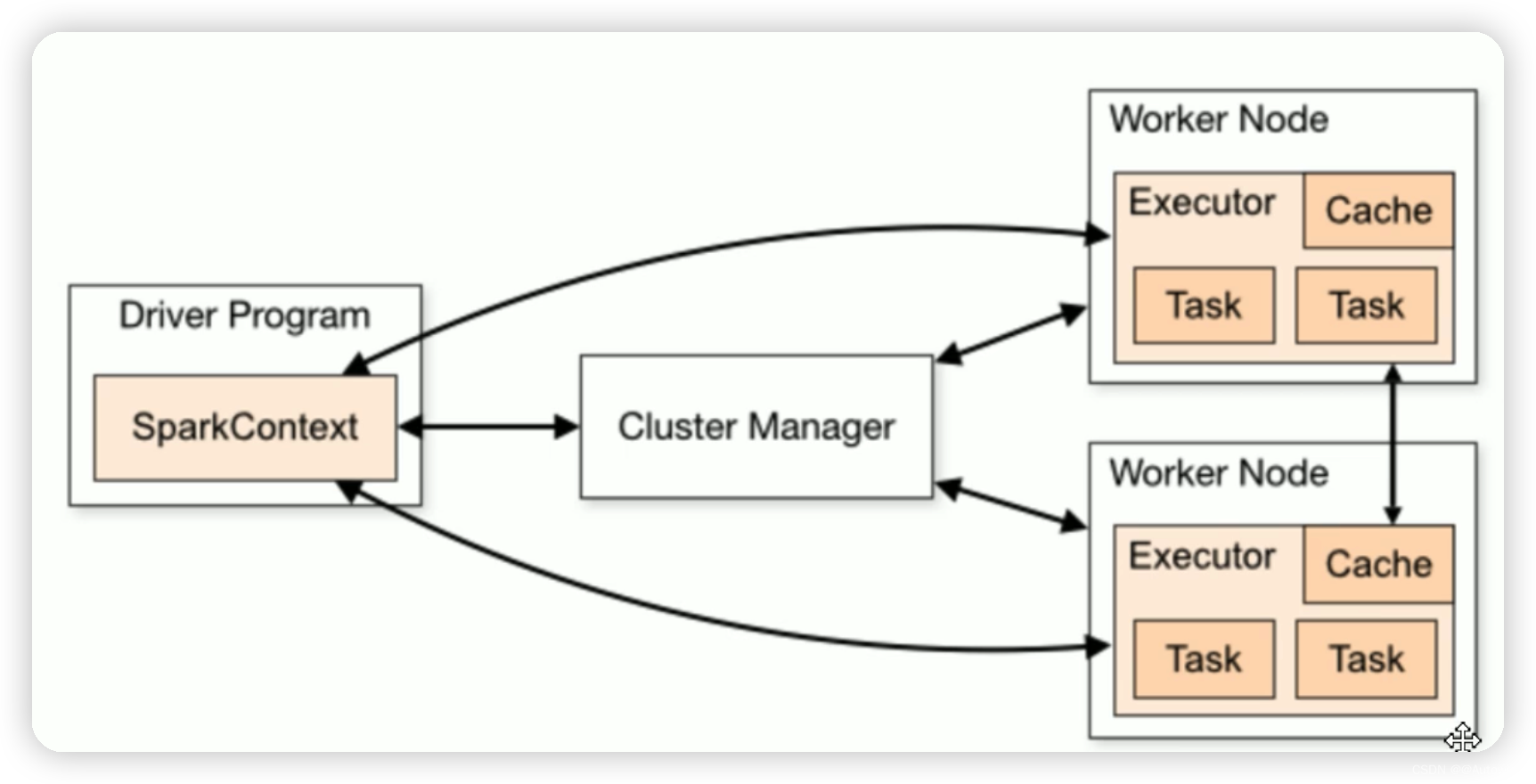
![[微信小程序开发者工具] × #initialize](/img/38/ea90525f53de3933a808f0d75028b0.png)
